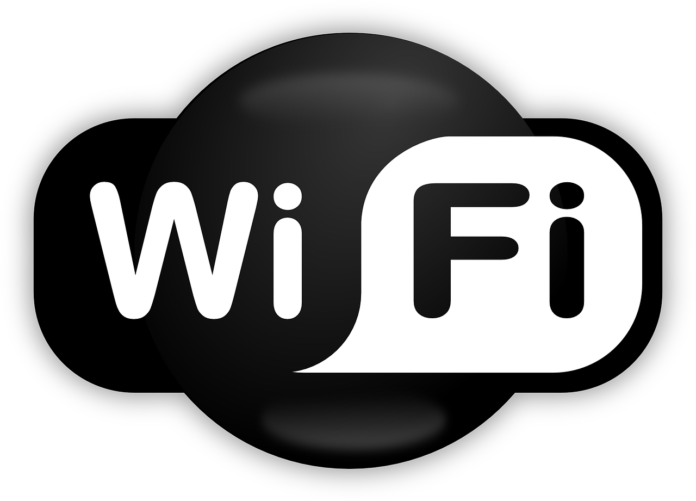Today, we can say without fear of making mistakes that WiFi is a primary factor when it comes to getting us to communicate and connect in the world. According to the WiFi Alliance, more than 13 billion devices use it and today, June 20, it has just turned 20 years old.
So, we do a brief review of its history, to know how this technology was created that changed the world, the different protocols it has nowadays, and how the future of WiFi is drawn, since there are some proposals on the table.
Microsoft continues to polish the arrival of the 201H1 branch in Windows 10
How WiFi came to our lives
We must thank Rudolf Hertz for discovering the propagation of electromagnetic waves, as well as the way to produce and detect them. Such was his discovery that, to this day, we have the heresies, a name placed in his honor. His discoveries came in 1888, but it was not until 11 years later when Guillermo Marconi, an electronic engineer, managed to establish wireless communications through the Channel.
Interestingly, the invention of WiFi is not attributed to any of these two men, but came at the hands of Hedy Lamarr, a famous film actress who combined her work with that of inventor. Lamarr lived between 1914 and 2000, so he lived, practically in his skin, the Nazi holocaust. The daughter of a Jewish couple, Lamarr wanted to develop military technology to help the government of the United States.
Windows 7 or 8.1? Now try the new Edge based on Chromium without having to upgrade to Windows 10
Thus, in 1942, he patented a “secret communication system”, which became what we know today as the frequency jumps. Years later, in 1997, the first WiFi standard, IEEE 802.11, was created by the Institute of Electrical and Electronics Engineers (from which it gets its name). This allowed to transfer data at 1 Mbps.
These technologies were the solid foundation that was needed to standardize WiFi, which despite being in its infancy years ago, did not receive its name as such until 1999. The WiFi Alliance, which saw the need to create a connection standard compatible with multiple devices. Only one year later, the interoperability of equipment under the IEEE 802.11b protocol was certified , which was transferred at speeds of 11Mbps, and from which the rest of the standards that we know today were emerging.
About the standards
The WiFi B b defined that the network should operate in the 2.4Ghz band, one of those that, to this day, we continue to use. At first, the denominations of WiFi corresponded to different versions of the IEEE 802.11 protocol. In 2003, WiFi 802.11g arrived, which continued to operate in the 2.4GHz band, although it added orthogonal frequency division multiplexing (OFDM), or a new quadrature amplitude modulation. Similarly, the speed went up to 54GBps.
Chromium Edge: Canary Builds Available for Windows 7 and 8.1
In 2009 came the 802.11n WiFi, which brought with it the possibility of using multiple MIMO antennas to offer the same speed to multiple devices. This standard allowed connection in the 2.4GHz and 5Ghz bands, with a transmission speed of up to 600Mbps, an important jump over WiFi g.
2013 arrives, and from your hand, WiFi 802.11ac. This was the first standard for wireless devices with dual connectivity, and brought greater bandwidth and a transmission speed of up to 7Gbps. WiFi ac is the current standard, used in most PCs and smartphones.
Chromium Browser: Vivaldi blocks abusive advertising
To simplify the names, and to clarify possible messes between WiFi a, b, g and others, the WiFi Alliance decided to change the standards by more basic names.
- WiFi 6: 802.11ax
- WiFi 5: 802.11ac
- WiFi 4: 802.11n
- WiFi 3: 802.11g
- WiFi 2: 802.11a
- WiFi 1: 802.11b
How the future of WiFi is drawn
The future of WiFi is drawn under the WiFi 6 standard (802.11ax). This will not be a great improvement over the current data transmission speed, although we would go from the current 6/7 Gbps to 9 Gbps. We win above all in offering better reach and coverage to the devices, as well as greater security and general efficiency. Thus, WiFi 6 will arrive to improve our global experience in the use of WiFi, rather than reaching unusual speeds.
CRURL: Google rebuilds Curl with its own backend
It should also be noted the importance and has had WiFi for the explosion of domestic and mobile Internet , being a technology present in virtually every household, as well as in all smartphones that we find in the market. It remains to be seen when WiFi 6 begins to be a standard. This protocol is compatible with the previous ones, so, in principle, it will be enough to buy one of the new WiFi 6 routers to connect our devices and enjoy this technology.
